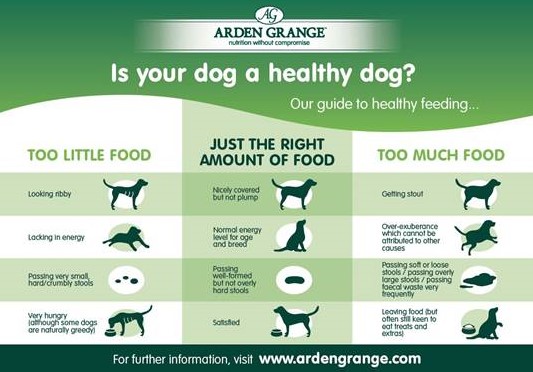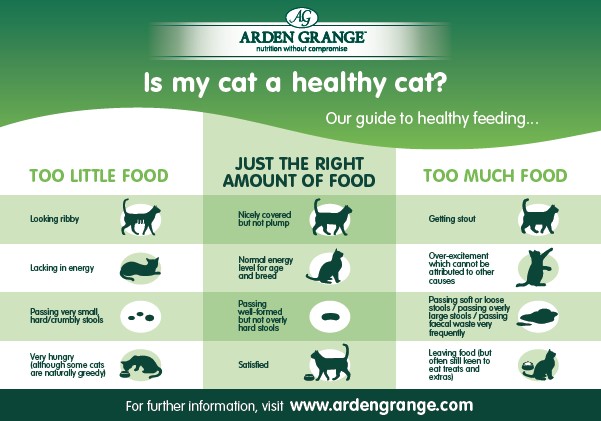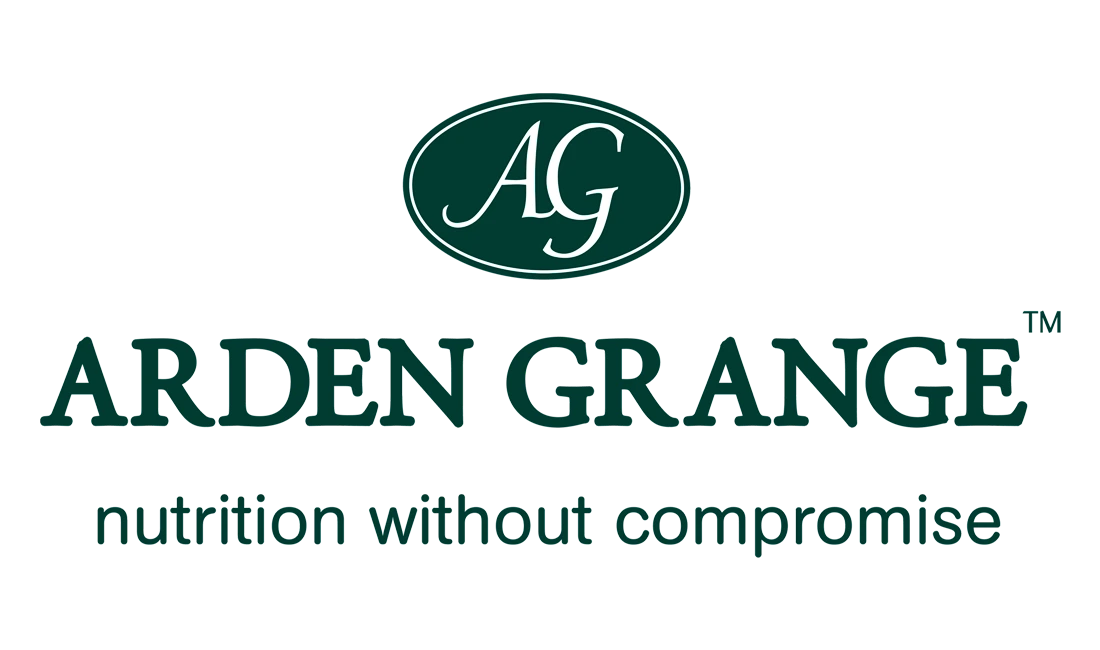How much should you really feed your pet?
Are we feeding our cats and dogs the right amount? There more factors affecting how much your pet should eat than you think. Here is how to get it right.
Are you a meticulous measurer, carefully weighing out each or your pet's meals or do you scoop out a bowl-full of kibble with whichever mug is to hand? Do you practice ‘free’ feeding? This method is popular and can work for some cats who can be incredibly efficient at ‘self regulating’ and consuming only what they need. However, many dogs (and some cats too) will over-eat if there is not a daily limit!
Regardless of your style, is your current method really working for you or, more importantly, for your pet?
There are more factors that influence how much your pet needs to eat than you may think. We detail them here for you, along with lots of other advice on how to best meet your pet’s requirements.
Kittens and puppies need more calories than fully grown adult dogs and cats.
Older animals who are slowing down with age have a lower requirement for energy than a normally active adult.
Over or underweight animals will need less or more food respectively. Your vet will provide a free weight check for you.
Here are a couple of handy infographics on how to identify if your pet is at a healthy weight.


An outdoor cat who enjoys hunting will need more fuel than sedentary cats, as will a sporting/working dog versus a normally active adult dog.
Stressed or anxious animals tend to burn more fuel than those who are generally very relaxed!
Read our tips on calming anxious dogs here
Read our tips on calming anxious cats here
Cat won’t eat? Advice on how to feed an inappetant cat
Just like people, some animals have a naturally quicker metabolism than others. Small dogs have a faster metabolism than large and giant breeds. They can still be prone to unwanted weight gain though!
Yes, calories are counted in pet nutrition just as they are for us humans. Some products within the Arden Grange range are lower or higher calorie than others and we have combined our knowledge of calories together with age, size and life-style factors, to create recommended feeding quantities for each of our products.
Our feeding guides have been carefully crafted, taking into account as many of the factors listed above as possible, but they can still only estimate the quantity of food required due to considerable variation between individual pets. They should however provide you with a great starting point.
Are you considering switching your pet’s diet from one brand to another? It is very important to make dietary changes gradually to avoid upsetting your pet’s digestion or behaviour.
How to safely change dog food brands
Feeding a combination of our wet and dry dog food
How to safely change cat food brands
Also consider the treats and extras you give your pet…these have calories too! Reduce the main diet to accommodate treats so your pet can enjoy their rewards without piling on the lbs.
If you are still unsure about how much to feed your pet, do get in touch for further support and advice.
Ness Bird is a registered veterinary nurse, and holder of the Certificate in Canine and Feline veterinary Health Nutrition. After 15 years practical experience as a veterinary practice nurse, NVQ assessor and technical writer, and over 13 years experience at Arden Grange, Ness has an in-depth knowledge of the practical aspects of feeding dogs and cats. She and the team are always happy to help provide guidance should you have any queries.
If you are still unsure about how much to feed your pet, do get in touch for further support and advice.
Ness Bird is a registered veterinary nurse, and holder of the Certificate in Canine and Feline veterinary Health Nutrition. After 15 years practical experience as a veterinary practice nurse, NVQ assessor and technical writer, and over 13 years experience at Arden Grange, Ness has an in-depth knowledge of the practical aspects of feeding dogs and cats. She and the team are always happy to help provide guidance should you have any queries.


 Puppy
Puppy
 Adult
Adult
 Senior
Senior
 Sensitive
Sensitive
 Treats
Treats Kitten
Kitten
 Adult
Adult
 Senior
Senior
 Trusted British Brand
Trusted British Brand

